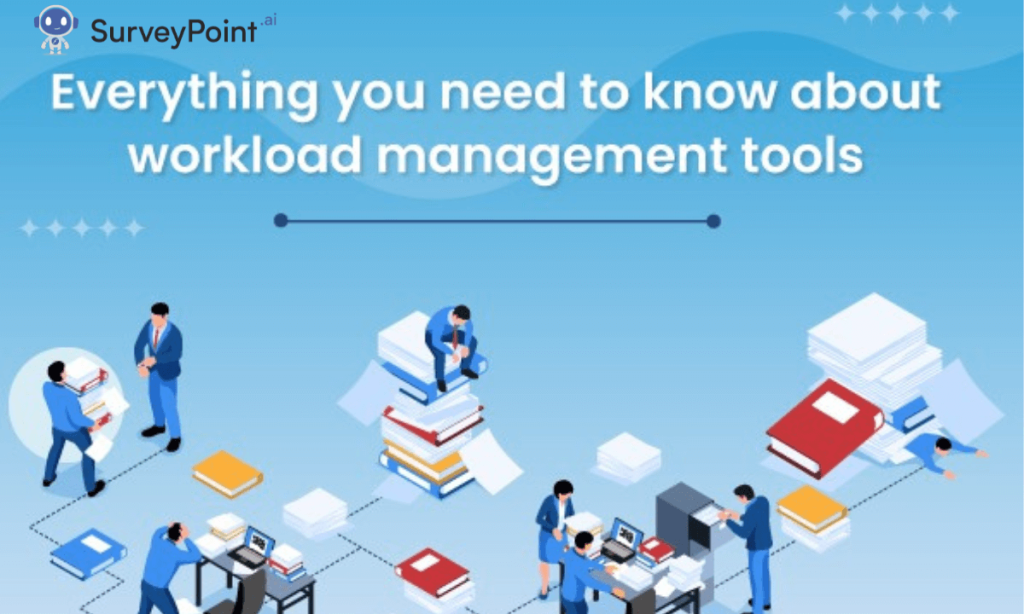
Effective communication is the lifeblood of any successful business. It fosters collaboration, drives efficiency, and enhances productivity. In the rapidly evolving business environment of today, mastering the various forms of communication is crucial for any organization aiming to stay competitive and achieve its goals. This comprehensive guide delves into the four primary types of business communication and explores how they can benefit your business. We will also discuss the various communication channels available and analyze the impact of effective communication on your company’s success.
What is Business Communication?
Business communication refers to the process of sharing information between people within and outside an organization. This exchange of information can occur in various forms and through multiple channels. The primary purpose of business communication is to ensure that everyone involved is aligned with the company’s objectives, policies, and procedures. It is vital for making informed decisions, solving problems, building relationships, and driving the overall success of the business.
Effective business communication is characterized by clarity, conciseness, coherence, and consistency. It is essential in every aspect of business, from internal processes and employee relations to external dealings with customers, partners, and stakeholders.
4 Types of Business Communication
Business communication can be categorized into four main types: internal (upward), internal (downward), internal (lateral), and external. Each type serves a specific purpose and utilizes different channels and techniques.
1. Internal (Upward) Communication
Definition:
Internal upward communication refers to the flow of information from subordinates to superiors. This type of communication allows employees to provide feedback, report progress, share ideas, and express concerns to their managers and higher-ups.
Benefits:
- Empowerment: Encourages employees to take initiative and voice their opinions, leading to increased job satisfaction and engagement.
- Problem Solving: Helps management identify and address issues promptly, improving overall efficiency and effectiveness.
- Innovation: Facilitates the flow of creative ideas from employees who are directly involved in the day-to-day operations, driving innovation and continuous improvement.
Examples:
- Employee feedback forms and surveys
- Regular one-on-one meetings with managers
- Progress reports and performance appraisals
- Suggestion boxes and idea forums
2. Internal (Downward) Communication
Definition:
Internal downward communication is the transmission of information from higher levels of the organizational hierarchy to lower levels. This includes directives, policies, instructions, and feedback from management to employees.
Benefits:
- Clarity: Ensures that all employees understand the company’s goals, expectations, and procedures, reducing confusion and errors.
- Motivation: Provides employees with clear objectives and recognition, which can enhance motivation and performance.
- Alignment: Helps align the workforce with the organization’s vision and mission, fostering a cohesive and collaborative work environment.
Examples:
- Company newsletters and announcements
- Training and development programs
- Performance reviews and constructive feedback
- Memos and official directives
3. Internal (Lateral) Communication
Definition:
Internal lateral communication, also known as horizontal communication, occurs between employees or departments at the same hierarchical level within an organization. This type of communication is essential for collaboration and coordination across different functions and teams.
Benefits:
- Collaboration: Enhances teamwork and cooperation, leading to more effective problem-solving and project management.
- Efficiency: Facilitates the sharing of information and resources, improving overall productivity and reducing redundancies.
- Cohesion: Fosters a sense of unity and mutual support among employees, contributing to a positive organizational culture.
Examples:
- Team meetings and brainstorming sessions
- Interdepartmental emails and chat groups
- Project management tools and collaborative platforms
- Informal discussions and social interactions
4. External Communication
Definition:
External communication involves the exchange of information between the organization and external entities such as customers, suppliers, investors, regulatory bodies, and the general public. This type of communication is crucial for building and maintaining relationships, marketing products and services, and managing the company’s reputation.
Benefits:
- Brand Image: Helps create and sustain a positive image of the company in the market, attracting customers and investors.
- Customer Satisfaction: Ensures that customer inquiries, complaints, and feedback are handled promptly and effectively, leading to higher customer satisfaction and loyalty.
- Compliance: Keeps the organization in compliance with legal and regulatory requirements, avoiding potential fines and legal issues.
Examples:
- Marketing and advertising campaigns
- Press releases and media relations
- Customer service interactions and support channels
- Corporate social responsibility (CSR) initiatives
Business Communication Channels to Know
Effective business communication relies on selecting the appropriate channels for different types of communication. The choice of channel can significantly impact the clarity, speed, and effectiveness of the message. Here are some common business communication channels:
1. Face-to-Face Communication
Advantages:
- Immediate feedback and clarification
- Non-verbal cues enhance understanding
- Builds stronger relationships and trust
Disadvantages:
- Time-consuming and may not be feasible for all situations
- Limited to one-on-one or small group interactions
Usage:
- Performance reviews and feedback sessions
- Negotiations and conflict resolution
- Team meetings and brainstorming sessions
2. Written Communication
Advantages:
- Permanent record of information
- Can be distributed to a large audience
- Provides time for the receiver to review and understand the message
Disadvantages:
- Lack of immediate feedback
- Can be misinterpreted without non-verbal cues
Usage:
- Memos and emails
- Reports and official documents
- Marketing materials and press releases
3. Digital Communication
Advantages:
- Fast and efficient, with the ability to reach a global audience
- Supports multimedia content for more engaging communication
- Facilitates remote work and collaboration
Disadvantages:
- Can lead to information overload
- Risk of miscommunication without tone and body language
Usage:
- Emails and instant messaging
- Video conferencing and webinars
- Social media and company intranets
4. Telephone Communication
Advantages:
- Immediate and direct interaction
- Allows for clarification and discussion
Disadvantages:
- No visual cues, which can affect understanding
- Can be disruptive and intrusive
Usage:
- Customer service and support calls
- Quick discussions and updates
- Coordination with remote employees or partners
5. Non-Verbal Communication
Advantages:
- Reinforces verbal messages
- Conveys emotions and attitudes
Disadvantages:
- Can be easily misinterpreted
- Limited scope and application
Usage:
- Body language and facial expressions in face-to-face meetings
- Visual aids and presentations
- Branding and design elements in marketing materials
How Business Communication Impacts Your Company’s Success
Effective business communication can have a profound impact on various aspects of your company’s success. Here are some key areas where communication plays a crucial role:
1. Enhanced Productivity
Clear and concise communication ensures that employees understand their roles, responsibilities, and expectations. This reduces misunderstandings and errors, allowing teams to work more efficiently and productively. When everyone is on the same page, tasks are completed faster, and projects run more smoothly.
2. Improved Employee Engagement
Open and transparent communication fosters a positive work environment where employees feel valued and heard. This leads to higher levels of engagement, motivation, and job satisfaction. Engaged employees are more likely to be productive, innovative, and committed to the company’s success.
3. Better Decision-Making
Effective communication provides access to accurate and timely information, which is essential for making informed decisions. When managers and employees share relevant data and insights, they can collaborate to solve problems, identify opportunities, and develop strategies that drive business growth.
4. Stronger Relationships
Communication is the foundation of building and maintaining relationships, both within the organization and with external stakeholders. Strong relationships with employees, customers, suppliers, and partners enhance trust, loyalty, and cooperation, contributing to long-term success.
5. Enhanced Customer Satisfaction
Clear and effective communication with customers ensures that their needs and concerns are addressed promptly and professionally. This leads to higher levels of customer satisfaction, loyalty, and advocacy. Satisfied customers are more likely to return and recommend your business to others.
Conclusion
Effective business communication is essential for the success and growth of any organization. By understanding and utilizing the four types of business communication—internal (upward), internal (downward), internal (lateral), and external—businesses can enhance productivity, improve employee engagement, make better decisions, build stronger relationships, and achieve higher levels of customer satisfaction. Additionally, choosing the right communication channels is crucial for ensuring that messages are conveyed clearly and efficiently.
In today’s fast-paced and interconnected world, mastering business communication is more important than ever. By prioritizing clear, concise, and effective communication, businesses can create a positive work environment, foster innovation, and achieve their strategic goals.




